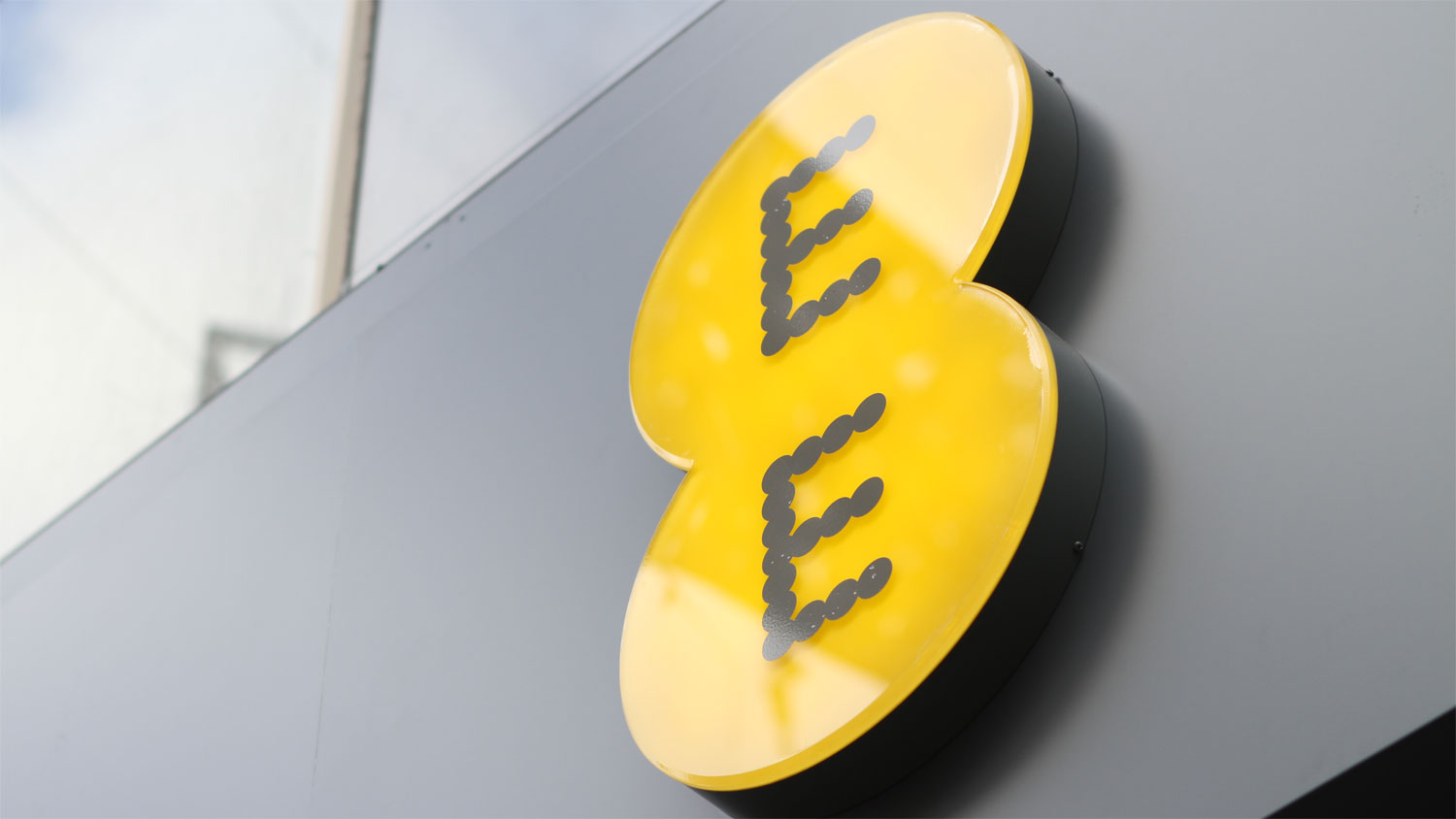EE to trial hyper-speedy, next-gen 4G early next year
Readying superspeed by mid-2015

EE reckons it will be the first mobile operator in the UK to offer blazingly fast CAT 10 4G mobile internet next year.
The news emerged when we talked to an EE spokesperson about the likelihood of CAT 10 LTE networks, which offer up to 450Mbps downloads (three times the current speed of CAT 6 4G), coming to the UK.
At the moment EE is concentrating on bringing CAT 9 to the UK, with the network currently trialling it ready for a demonstration of its upgraded network at Wembley Stadium early next year.
After that EE will be turning its attention to CAT 10, aiming to begin testing the new network in mid-2015.
CAT 10 plans revealed
According to an EE spokesperson "we'll be demonstrating CAT 9 on our network at Wembley Stadium in the next couple of months, and CAT 10 will be next – we're intending to test in mid-2015.
"We're staying at the forefront of chipset developments so that we can keep getting the best out of our network and keep delivering the world's fastest 4G speeds for our customers."
The EE spokesperson also clarified the differences between CAT 9 and CAT 10. CAT 9 is capable of 450Mbps downlink enabled by bringing together three different LTE carriers.
Sign up for breaking news, reviews, opinion, top tech deals, and more.
To compare, EE uses CAT 6 for its 300Mbps 4G+ service, which combines two LTE carriers in aggregation.
CAT 10 offers the same 450Mbps via three LTE carriers, but it also allows for two carriers to work together to bring 150Mbps uplink. Although the technology is in its infancy, EE is confident that it will be the first to market in the UK with CAT10.
Because of the carrier aggregation that's needed for CAT 9 and CAT10 it also means that very few networks will be able to take advantage of the two new LTE standards, with only EE, and to some extent Vodafone, being able to benefit from the new technology.
As the EE spokesperson explained that the service was enabled through its choices in the spectrum auctions in 2012.
For the technically minded, here's what they said: "[CAT 10's] not applicable to every operator – you need the right spectrum holdings to be able to make use of the modem's capability. Our 4G+ service uses 20MHz of 1800GHz and 20MHz of 2.6GHz.
"When we test CAT9, we're looking at 20MHz of 1800MHz, 20MHz of 2.6GHz, plus another 15MHz of 2.6GHz".

Matt is TechRadar's Managing Editor for Core Tech, looking after computing and mobile technology. Having written for a number of publications such as PC Plus, PC Format, T3 and Linux Format, there's no aspect of technology that Matt isn't passionate about, especially computing and PC gaming. He’s personally reviewed and used most of the laptops in our best laptops guide - and since joining TechRadar in 2014, he's reviewed over 250 laptops and computing accessories personally.